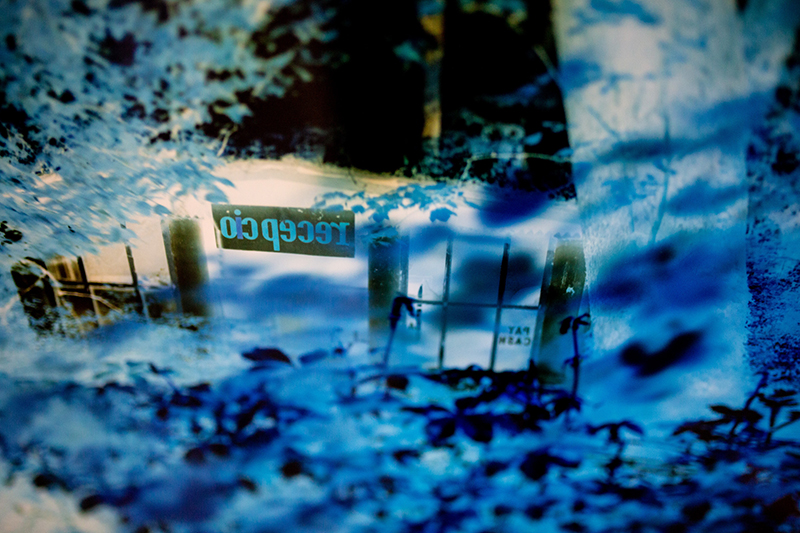Dust of Angels
John Chiara's artist residency in Budapest Art Factory
What was your first impression of Budapest? One of my friends from overseas thinks that the architecture of Hungary is like a mixture of German and Chinese architecture…
Fresh off the plane, my first impression of Budapest was that it felt very neo-Gothic with postcard vistas. The city feels incredibly old, but simultaneously is thriving, young, and alive. As a foreigner, I was struck by the number of transitions that Budapest has experienced, which can still be seen recorded in the architecture. I am thinking of, pre-WWII versus post-WWII. Vastly different periods can be found side by side throughout the center of the city. So architecture is truly a key to the complex history of Hungary. On the edges of Pest, the city transitions into a more gritty industrial landscape. With all of its complexities, charged atmosphere and intense facades, Budapest is strikingly beautiful; it captured my imagination and I was struck with the beauty of it.
How did you choose Angyalföld as your topic?
I was drawn to it. While out taking pictures, we kept gravitating towards the area, and I discovered things that I felt were interesting and expansive. There were these photographic opportunities that excited me. These things tend to be underneath the surface of a place. For people going through everyday life in the space, these things were normal and they took little notice of them. But for me, as a photographer, I was fascinated by these things and was excited to visualize the world around me in a photographic way, and to bring amazing things out of that. So I just started concentrating on this area northeast of the city center.
Perhaps you were more drawn to this area because the city center feels very touristy but the suburbs have the charm the charm of daily life.
Yes, I agree with that. It feels like – from my outsider perspective – where people both live and work and feel close connected to real life.
What is the role of San Francisco on the US art scene?
The art scene in San Francisco is thriving and inspiring. There are world class Museums, Collections and Contemporary Art Galleries there. It is also becoming the most expensive city in the country to live in right now, so it is hard for artists to survive there over the long term. The artists making it work in the city are very resourceful. Historically, the region has been important to the development and growth of photography since its inception. And there is still a lot going on there. Many interesting photographers come out of the San Francisco Bay Area.
Digital technology is evolving but analog methods still produce better quality. Is there a competition?
I think for any practical purpose digital photography is the best option to use because it is just easier and more immediate. But art-making is not a practical venture. Traditionally fine art has been crafted through conjuring from the mind, the eye and into the hand. Orchestrated through a secession of decisions recorded in the work that the artist has to stand behind.
It took a long time for photography to be accepted as fine art because it is so mechanical and was thought to be more aligned with science. Many movements and transitions in the photographic medium took place before photography was generally accepted as a fine art practice. I don’t think that analog photography and digital photography are in discord. Analog photographs and digital prints can feel very different, especially when you look closely. People use the photographic medium and digital media for different reasons and to produce far different outcomes for the most part.
Can you tell me more about your large-scale direct photography method?
I work with a camera obscura. My camera is a very large-scale field camera that I put together in order to take the pictures with a fixed focus lens. It is designed for the format of the paper that it shoots directly onto.
Some people say that the purpose of photography is to preserve reality as closely as possible. Do you agree? What does photography mean to you?
I agree with that. There are many purposes for photography. Photography for me is a way to envision the world around me and develop my intuition. I was attracted to photography at a very young age. When I picked up a camera for the first time, I was only 9 years old. As a child, I perceived that there was a way in which the world saw me, and photography gave me a way to exhibit how I saw the world. I was drawn to it because it felt very empowering to me at the time.
John Chiara is widely exhibited in a number of major galleries and museums across the United States and Europe.




